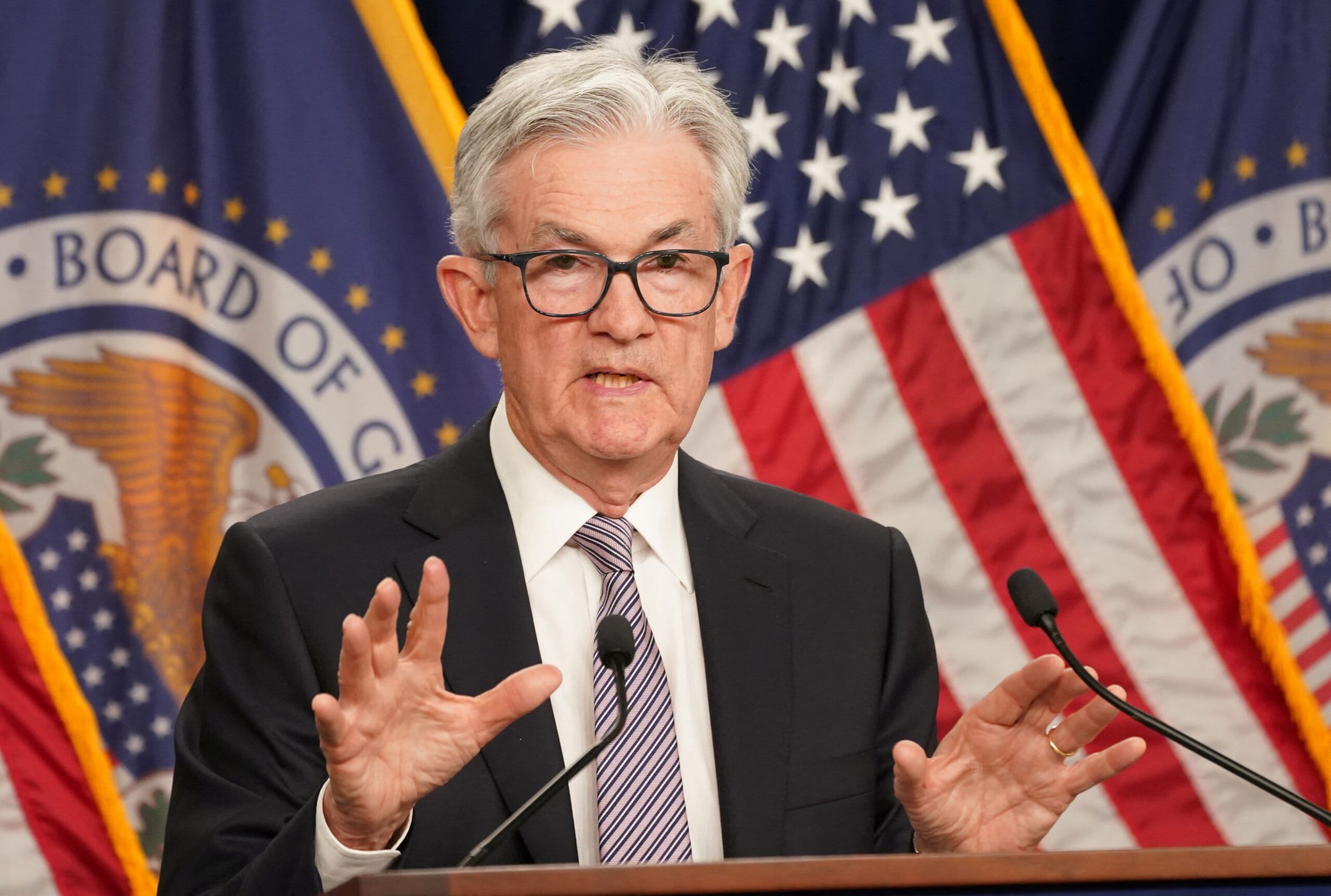Inflation, the persistent rise in the general price level of goods and services, has been a hot topic in recent times. Central banks worldwide, particularly the United States Federal Reserve (the Fed), have been closely monitoring and addressing this economic challenge. In this article, we will explore the measures the Fed has been taking to tackle inflation and maintain price stability.
Understanding Inflation
Though it is a natural part of any economy, but excessive expansion can have detrimental effects on consumers, businesses, and the overall stability of the economy. The Fed’s primary mandate is to promote price stability and full employment. Expansion management is a crucial component of achieving this goal.
The Fed’s Tools for Inflation
1. **Interest Rate Policy**: One of the most significant tools at the Fed’s disposal is its control over interest rates. Historically, when its rising, the Fed tends to increase interest rates to reduce borrowing and spending, which, in turn, can help cool down the economy. Conversely, when inflation is too low or the economy is struggling, the Fed may lower interest rates to stimulate economic activity.
In 2021, the Fed had been keeping interest rates near zero to support the economy during the COVID-19 pandemic. However, as expansion began to surge in late 2021 and early 2022, the Fed started discussing the possibility of raising rates to combat rising prices.
2. **Quantitative Tightening**: Apart from adjusting interest rates, the Fed also uses a tool called quantitative tightening. This involves reducing the size of the Fed’s balance sheet by selling off some of the assets it had purchased during quantitative easing (QE) periods. QE involves buying government securities and other financial assets to inject money into the economy. By unwinding these positions, the Fed can reduce the money supply and control expansion.
3. **Forward Guidance**: The Fed also influences market expectations through forward guidance. By communicating its intentions regarding future monetary policy, it can shape market behavior. If the Fed signals a willingness to take action against expansion, it can influence borrowing and spending decisions in the economy.
4. **Regulatory Measures**: Beyond traditional monetary policy tools, the Fed can employ regulatory measures to influence lending and spending in the economy. For instance, it can raise reserve requirements for banks, which reduces their capacity to lend money and can cool down economic activity.
5. **Monitoring Economic Data**: The Fed closely watches various economic indicators, such as the Consumer Price Index (CPI) and the Producer Price Index (PPI), to gauge inflation trends. This data-driven approach allows the Fed to make informed decisions about its monetary policy.
The Fed’s Recent Actions
As of my last knowledge update in September 2021, the Fed had been closely monitoring inflation trends, which had been rising due to supply chain disruptions, increased demand, and rising commodity prices. The central bank had signaled its willingness to raise interest rates in the future if necessary to combat expansion.
Since then, it’s essential to check for the latest developments and actions taken by the Fed. Depending on economic conditions, the Fed may have implemented rate hikes, initiated quantitative tightening, or adjusted its forward guidance.
Tackling expansion is a delicate balancing act for the Federal Reserve. While it aims to control rising prices to ensure economic stability, it must also be mindful of not stifling economic growth and job creation. The Fed employs a variety of tools and closely monitors economic data to make informed decisions. Keeping expansion in check is crucial for the overall well-being of the U.S. economy, and the Fed’s actions play a vital role in achieving this objective. Stay tuned for updates on the Fed’s efforts to tackle inflation as economic conditions continue to evolve.

